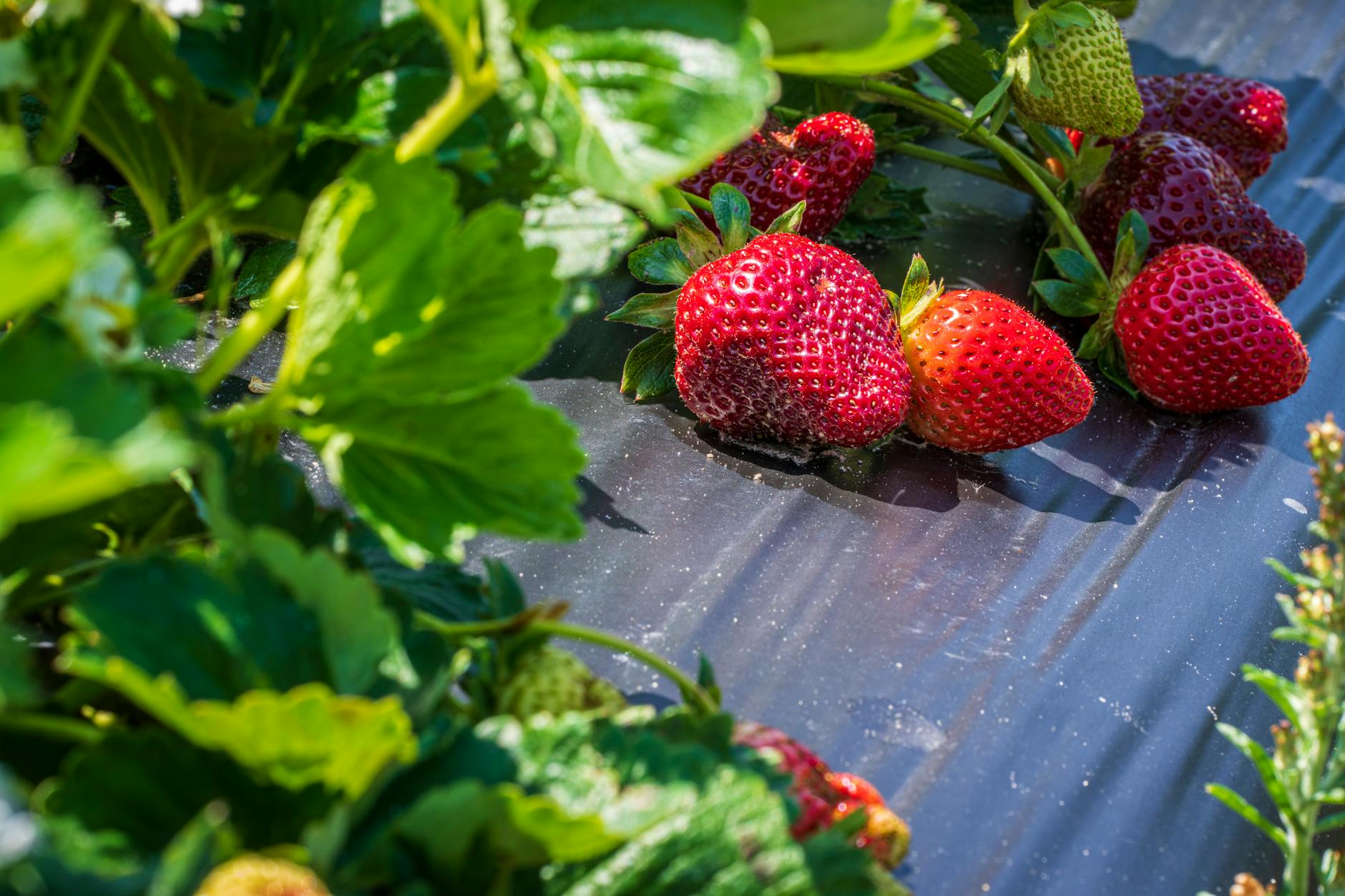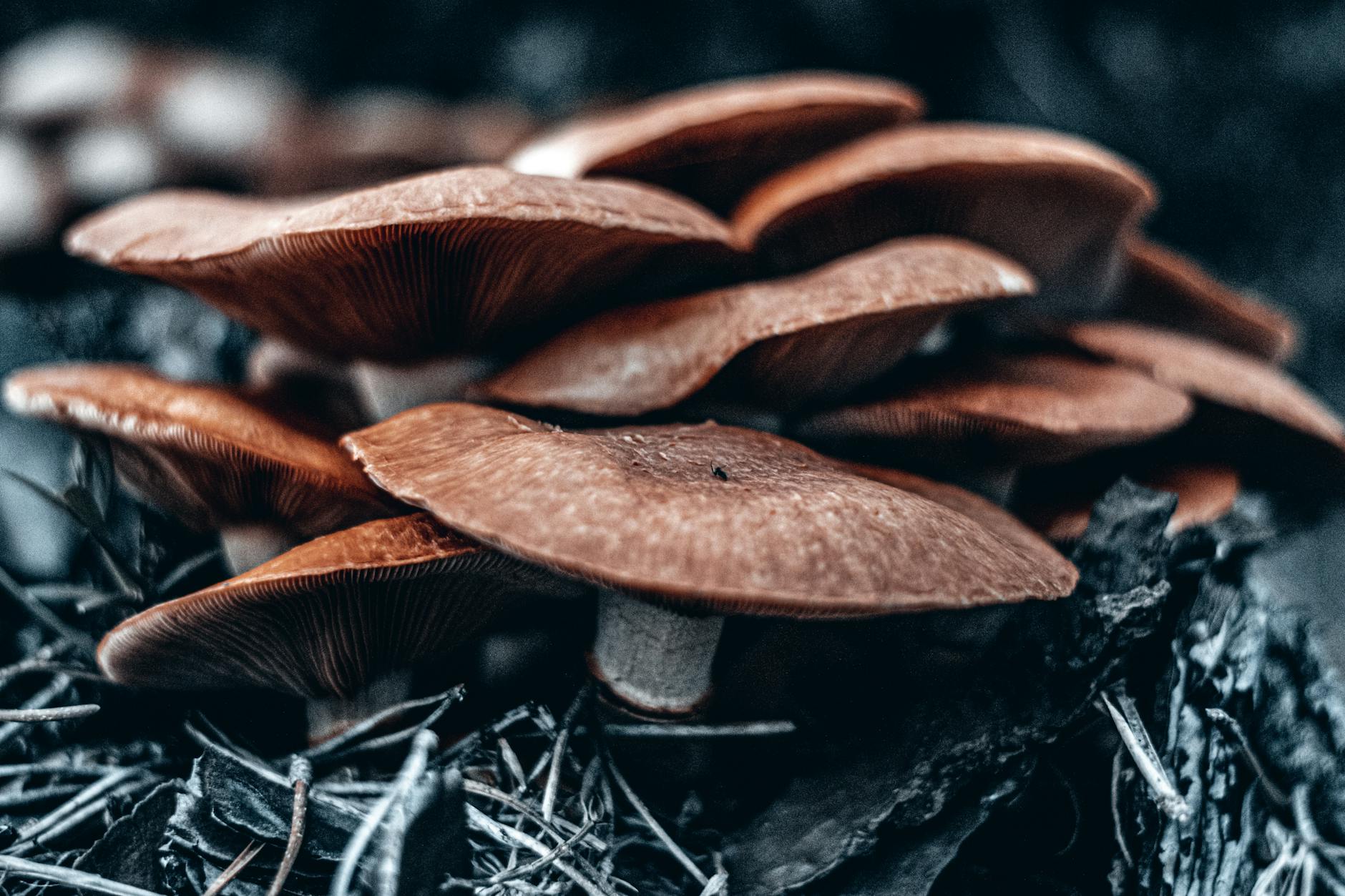Composting for Mushrooms: Best Ways to Create Nutrient-Rich Substrates
Composting is a fundamental aspect of mushroom cultivation that plays a crucial role in creating nutrient-rich substrates for optimal growth. This process involves breaking down organic matter into compost, which serves as a fertile medium for mushrooms to thrive. By utilizing the right techniques and ingredients, growers can enhance the quality of their substrates, leading to healthier and more abundant mushroom yields. In this article, we will explore the best ways to compost for mushrooms and provide insights into creating optimal conditions for successful cultivation.
Understanding the Composting Process
Composting is a natural biological process that involves the decomposition of organic materials by microorganisms. When it comes to mushroom cultivation, composting serves as the initial step in preparing a nutritious substrate for mycelium colonization. The key to successful composting lies in balancing carbon-rich (browns) and nitrogen-rich (greens) materials to create an ideal environment for microbial activity. Browns include materials such as straw, hay, and wood chips, while greens consist of kitchen scraps, grass clippings, and manure.
Creating the Ideal Compost Mix
To create nutrient-rich substrates for mushrooms, it is essential to blend a variety of organic materials in the compost mix. A typical mushroom compost recipe may include a combination of straw, manure, gypsum, and water. The straw provides structural support and a carbon source, while the manure contributes nitrogen for microbial growth. Gypsum helps to regulate moisture levels and pH, creating a suitable environment for mushroom mycelium to proliferate.
Inoculating the Compost with Mushroom Spawn
Once the composting process is complete and the substrate is fully matured, it is time to inoculate the compost with mushroom spawn. Mushroom spawn consists of mycelium-infused materials that serve as the starting point for mushroom growth. By evenly distributing the spawn throughout the compost, growers can ensure uniform colonization and maximize the potential for mushroom development. After inoculation, the compost is typically incubated in a controlled environment to allow the mycelium to spread and establish itself within the substrate.
Monitoring Temperature and Humidity Levels
During the composting and incubation stages, it is crucial to monitor temperature and humidity levels to create optimal conditions for mushroom growth. Maintaining a temperature range of 75-85°F (24-29°C) and relative humidity of 90-95% promotes mycelial growth and prevents contamination. Regularly turning the compost pile and providing adequate ventilation help regulate temperature and moisture levels, ensuring a healthy substrate for mushroom cultivation.
Harvesting and Caring for Mushroom Crops
Once the mushroom mycelium has fully colonized the compost substrate, mushrooms will begin to fruit and emerge from the surface. Harvesting should be done as soon as the mushrooms reach maturity to prevent overripening. Proper harvesting techniques, such as twisting or cutting the mushrooms at the base, help preserve the integrity of the substrate for future flushes. After harvesting, it is essential to maintain proper hygiene practices and monitor environmental conditions to support continued mushroom production.
In conclusion, composting for mushrooms is a critical step in creating nutrient-rich substrates that promote healthy mushroom growth. By following the best practices outlined in this article, growers can optimize their composting process and enhance the quality of their mushroom crops. From selecting the right materials to monitoring environmental conditions, each step plays a vital role in cultivating successful mushroom yields. By mastering the art of composting, growers can enjoy a bountiful harvest of delicious, homegrown mushrooms.


